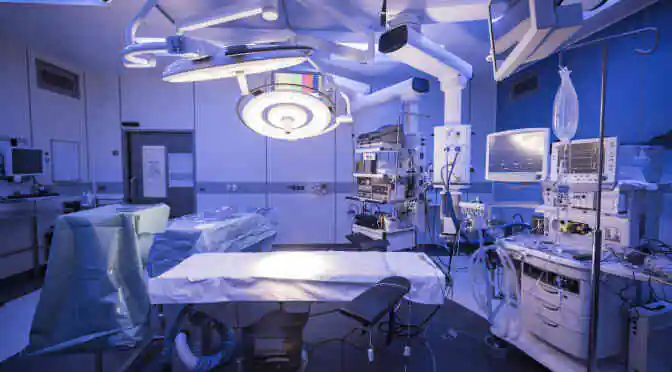Technavio has published a new report outlining the present scenario and future direction of the global hepatitis drugs market. The market is expected to reach a value of $39.85 billion by 2019, with hepatitis C drugs accounting for a large majority of market revenue.
What is HCV?
The hepatitis C virus (HCV) is an infectious disease that primarily affects the liver.
Because it is often asymptomatic, overall global rates of HCV are not well known and it is estimated that a majority of those infected aren’t even aware of it. Chronic hepatitis can lead to cirrhosis of the liver and much more severe problems if the disease is left unchecked.
Hepatitis C segment driving overall growth of hepatitis drugs
According to the WHO, while only about 25% of HCV cases are symptomatic, 60-80% of cases run the risk of progressing to chronic liver disease.
The global hepatitis C drugs market will grow by more than $20 billion from 2014 to 2019, to reach a total value of $34.1 billion, in response to increase demand for effective new treatments.
Risk factors for hepatitis C transmission
Source: Technavio, 2015
According to the new Technavio report, the growth of hepatitis C market is significantly driven by Gilead’s Sovaldi, which generated revenue of $10.3 billion in 2014.
Sovaldi and the advent of next-generation direct acting antivirals
Sovaldi—known generically as sofosbuvir—is a nucleotide analog NS5B polymerase inhibitor, used for the treatment of chronic hepatitis C in combination with other antiviral drugs. Sovaldi has surprisingly few side effects (most side effects are associated with the antivirals taken in tandem with the drug) and is also approved for the treatment of hepatitis C / HIV co-infected patients and in HCC patients awaiting liver transplants.
The launch of second-generation direct-acting antivirals (DAAs) like Sovaldi is considered to be a huge breakthrough for hepatitis treatment. Increased efficacy and reduced dependence on interferon (IFN) therapies have increased the overall efficacy of hepatitis C regimens and increased the uptake of these drugs.
Prevalence of hepatitis C by region 2012
Source: Technavio, 2015
But it’s Sovaldi’s price tag that really accounts for the large revenue growth witnessed since it’s FDA approval in 2013.
According to the Center for Healthcare Innovation, when the drug was first released it cost $1,000 per pill, which racks up to approximately $84,000 over the course of a 12-week treatment.
The price initially generated significant debate and came under fire by the US Senate.
“The Senate committee said it reviewed, over 18 months, about 20,000 pages of internal Gilead documents and a trove of data from state Medicaid health programs to see how the drug maker priced the hepatitis C drugs,” writes Peter Loftus for the Wall Street Journal.
However, the only conclusion the Senate committee has drawn is that Gilead is only guilty of participating in capitalism and taking advantage of free markets, which can hardly be considered a crime.
The drug, which has shown better, faster results, fewer side effects and a higher cure rate than other drugs on the market, is in demand and people are certainly willing to pay a premium.
The Sovaldi pricing strategy was simply focused on generating revenue, and similar pricing strategies are expected to bolster the hepatitis drugs market through the forecast period.





